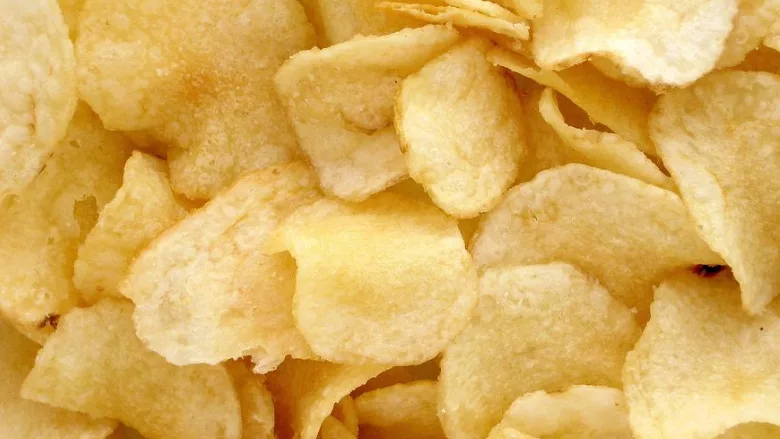Total Diet Study for 2018–2020 Reveals That No Foods Exceed FDA Action Levels

Credit: FotoshopTofs via Pixabay
The U.S. Food and Drug Administration (FDA) recently released its Total Diet Study (TDS) Report for Fiscal Years (FY) 2018–2020. The report summarizes the analytical results of continuous testing done by FDA on food that is collected from retail outlets.
In FY 2018, FDA implemented a modernized TDS research design that included streamlined analytical methods, a population-based sampling plan, and an updated food list. Categories of foods that were sampled in the TDS include: alcohol, baby food, baked goods, beverages, candies and sweets, condiments and sauces, dairy, fruit, grains, ingredients (such as sugar), meats, mixtures (such as canned soup), nuts and seeds, restaurant foods, seafood, vegetables, and water.
The modernized approach increased surveillance of the U.S. food supply, with 87 food collections conducted in FY 2018–2020 that resulted in the sampling of 3,276 food, beverage, and water products. Specifically, the TDS report provides the analytical results for 3,241 samples of 305 foods and beverages analyzed for 21 element analytes, as well as 35 samples of bottled water analyzed for 22 element analytes. A subset of 54 samples including rice-containing foods, juices, and wine were further analyzed for three arsenic species.
Toxic Elements Overview
The report states that key toxic elements of concern—lead, arsenic, cadmium, and mercury—were not detected in the majority (68 percent) of analytical results. Highlighted findings include:
- Lead was detected in 15 percent of samples, with the highest level detected reaching 63 parts per billion (ppb)
- Arsenic was detected in 43 percent of samples, with the highest level detected reaching 10,900 ppb
- Of the subset of 54 samples that were further tested for arsenic, the detected levels of inorganic arsenic ranged from 6.1–103 ppb
- Cadmium was detected in 61 percent of samples, with the highest level detected reaching 400 ppb
- Mercury was detected in 8 percent of samples, with the highest level detected reaching 250 ppb.
The foods with the highest mean concentrations of each toxic element were also outlined in the TDS report as follows:
- Lead: Sweet potato-based baby food, teething biscuits for babies, sandwich cookies, white wine, and low-calorie ranch dressing
- Arsenic: Baked cod, canned tuna, fish sticks, baked salmon, and pre-cooked shrimp
- Cadmium: Sunflower seeds, spinach, potato chips, leaf lettuce, and French fries
- Mercury: Canned tuna, baked cod, baked salmon, pan-cooked catfish, and pre-cooked shrimp.
Foods with FDA Action Levels Overview
The TDS report also underlines the fact that, for the TDS foods that are subject to FDA action levels or standards, all results fell below FDA established levels. This includes apple juice, for which FDA set an action level of 10 ppb earlier in 2022. Apple juice also has an action level of 10 ppb for inorganic arsenic. Additional TDS foods with FDA action levels include chocolate and hard candy with an action level of 100 ppb for lead, and infant rice cereal with an action level of 100 ppb for inorganic arsenic. FDA standards for bottled water are 5 ppb for lead, 10 ppb for arsenic, 5 ppb for cadmium, and 2 ppb for mercury.
The TDS report also states that, in FY 2019, FDA conducted additional sampling of baby foods. Types of baby foods that were tested for TDS include grape juice, puffed snacks, mixed cereals (dry, multi-grain), dry rice cereals, rice cereals prepared with water, and teething biscuits. Of the 384 samples collected for TDS, 65 percent of associated analytical results for lead, arsenic, cadmium, and mercury had no detectable levels. Bottled water intended for infants also did not have any detectable levels of lead, arsenic, cadmium, nor mercury. FDA believes that the results suggest there are no significant regional or seasonal differences in analyte concentrations in foods intended for babies.
Looking for quick answers on food safety topics?
Try Ask FSM, our new smart AI search tool.
Ask FSM →









